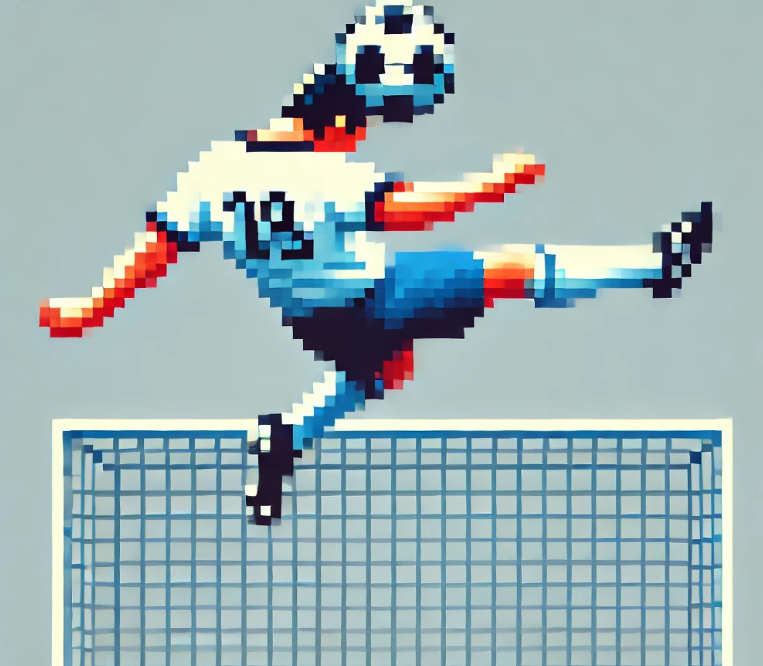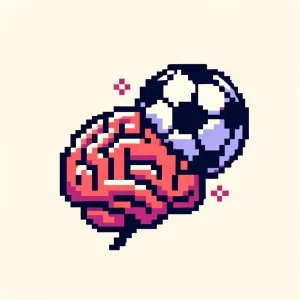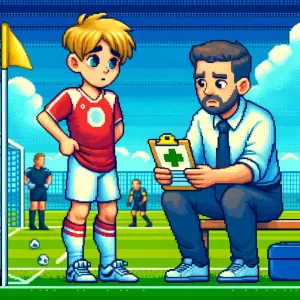
How Concussion Education Can Revolutionize Soccer Coaching
When was the last time you paused a game, not because of a sprain or a foul but because you noticed a player wasn’t quite right? Maybe they took a hit to the head but shrugged it off with a grin. Would you know what to do next?
In the world of soccer, where fast-paced action and physical contact are the norms, the risk of concussions is always present. But how often do we, as coaches, players, or even parents, truly recognize the signs of a concussion? More importantly, how prepared are we to take the right action?
Recent research from Calgary, Canada, sheds light on a critical tool that could change the way we approach concussions in youth soccer and other sports: the Concussion Awareness Training Tool for Youth (CATT-Youth). This 40-minute e-Learning module isn’t just another educational program; it’s a potential game changer in how we safeguard our young athletes.
Understanding the Impact of CATT-Youth on Concussion Awareness
The CATT-Youth module was specifically designed for high school students, aiming to boost their knowledge, beliefs, and intentions to report concussions. The research behind it, which involved over 450 students from seven high schools, shows that this tool significantly improves general concussion knowledge and the confidence to recognize and report concussion symptoms. But what does this mean for soccer coaching and player development?
Let’s break it down.
The Reality of Concussions in Youth Sports
Concussions aren’t just “knocks to the head” that players can shake off. They are serious injuries that can have long-lasting effects on a young athlete’s life. Approximately 25% of youth report experiencing a concussion at some point, and the actual number might be higher due to underreporting. Symptoms can vary widely, from headaches and dizziness to difficulty concentrating and emotional disturbances. Without proper recognition and management, these symptoms can hinder a player’s ability to engage in daily activities, including sports.
However, recognizing a concussion isn’t always straightforward. The symptoms can be subtle, and the culture of toughness in sports often discourages players from admitting when they’re hurt. This is where the CATT-Youth module comes in.
The Power of Education: How CATT-Youth Makes a Difference
The research conducted in Calgary used a modified stepped-wedge trial design, which is a fancy way of saying that different groups of students completed the module at different times to compare its effectiveness. The results were clear: students who completed the CATT-Youth module showed significant improvements in their understanding of concussions and their confidence in recognizing and reporting symptoms.
For soccer coaches, this is a crucial insight. Imagine having a team where every player not only knows what a concussion is but also feels empowered to report it without fear of being sidelined or judged. The shift in culture alone could dramatically reduce the number of undiagnosed concussions and improve player safety.
Applying CATT-Youth Principles to Soccer Coaching
So, how can soccer coaches use the findings from this research to enhance their coaching practices?
- Integrate Concussion Education into Training: Just like drills and tactics, concussion education should be a regular part of your training sessions. Spend time teaching your players about the signs and symptoms of concussions, and emphasize the importance of reporting any head injury, no matter how minor it may seem.
- Create a Safe Reporting Environment: Encourage open communication within your team. Let your players know that their health is more important than any game. Foster an environment where they feel comfortable reporting symptoms without fear of losing their spot on the team.
- Use the CATT-Youth Module as a Resource: Consider incorporating the CATT-Youth module into your team’s preseason preparation. The module is accessible online and can be completed in about 40 minutes, making it a practical addition to your coaching toolkit.
- Lead by Example: As a coach, your actions set the tone for your team. Be vigilant in monitoring for concussion symptoms during practices and games. If a player shows signs of a concussion, take them out of the game and ensure they receive proper medical evaluation before returning to play.
Real-World Implications: Beyond the Soccer Field
The implications of this research extend far beyond the soccer field. By improving concussion knowledge and reporting behaviors, the CATT-Youth module could potentially reduce the long-term impact of concussions on young athletes across various sports. When players are well-informed and confident in their ability to report symptoms, the chances of timely intervention increase, leading to better outcomes.
Moreover, this research highlights the importance of continuous education. While the CATT-Youth module showed significant short-term improvements, the study suggests that reinforcing these lessons over time is essential to maintain and build upon this knowledge. For coaches, this means regularly revisiting concussion education with your team, not just once a season, but consistently throughout the year.
The Road Ahead: Challenges and Opportunities
While the CATT-Youth module is a powerful tool, it’s not a silver bullet. The study also found that while general concussion knowledge improved, there were areas, such as the knowledge of specific symptoms, where students did not show significant improvement. This suggests that concussion education needs to be an ongoing process, continuously refined and adapted to meet the needs of young athletes.
Additionally, the research indicated some gender differences in concussion reporting, with females being more likely to report symptoms than males. Understanding and addressing these differences will be key to ensuring that all players feel equally empowered to take the right action when it comes to concussion safety.
Closing Thoughts: Shaping the Future of Youth Sports
As soccer coaches, parents, and educators, we have a responsibility to protect our young athletes. The CATT-Youth module offers a valuable resource to enhance concussion education, but its success ultimately depends on how we apply these lessons in real-world settings. By integrating concussion education into our coaching practices, creating safe environments for reporting, and continuously reinforcing these messages, we can help shape a future where youth sports are not only about competition but also about the health and well-being of our players.
Advance Your Soccer Knowledge:
Join the elite circle of soccer aficionados who appreciate the game beyond the field. ‘This Week in Soccer’ bridges the gap between complex soccer analytics and practical application. By subscribing to our newsletter, you’ll gain access to exclusive content, infographics, and forums that will enrich your understanding and love for soccer. Embrace the science and strategy of soccer today. Subscribe and transform your perspective!



